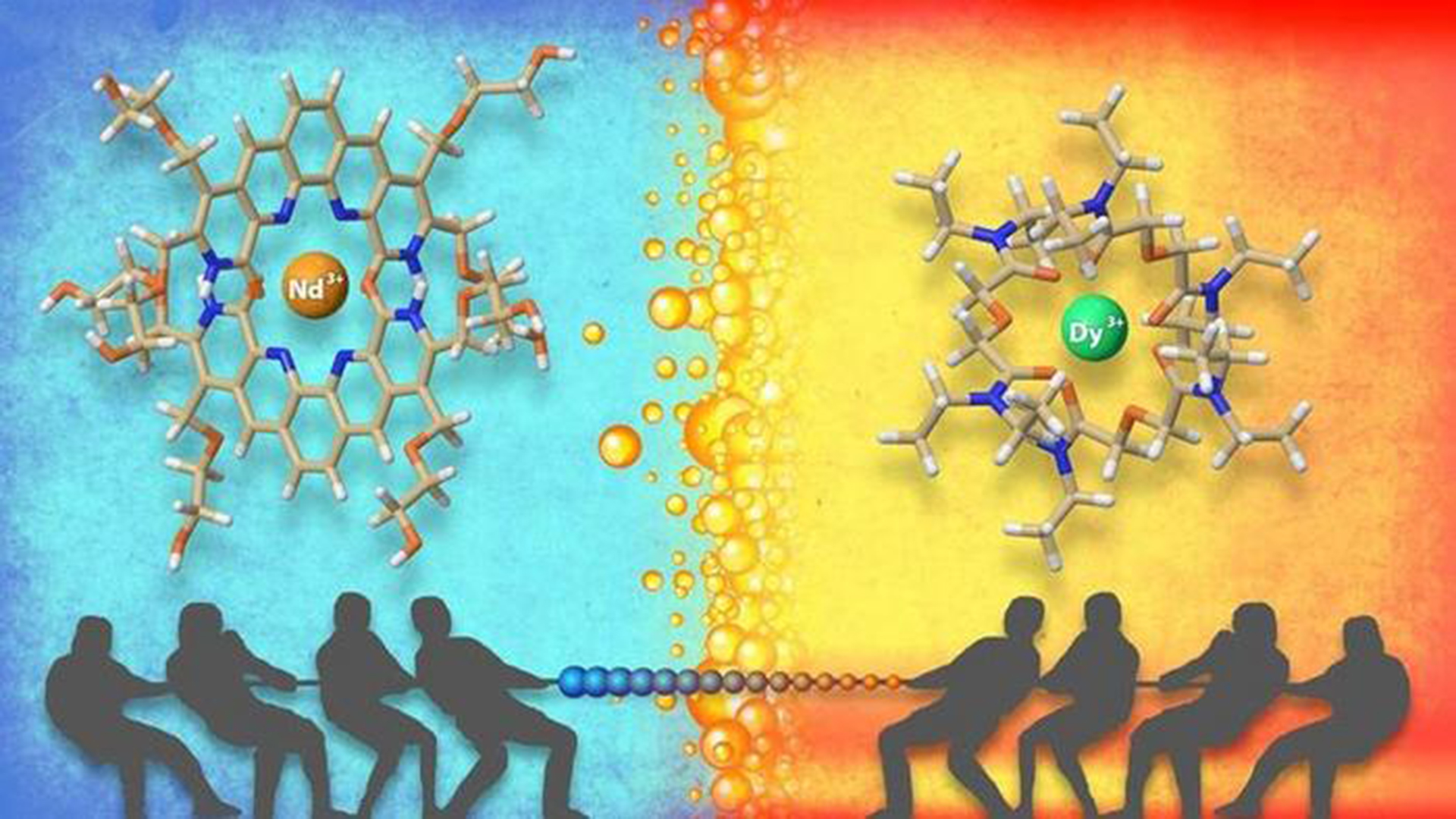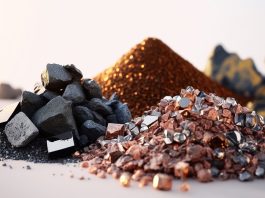Researchers at Oak Ridge National Laboratory (ORNL) have pioneered a new method for separating critical metals known as lanthanides.
The scientists have devised an innovative ‘tug of war’ method that expertly separates and recovers precious lanthanides that are essential in a range of technologies.
These metals are widely used to manufacture clean energy technologies, such as electric vehicles, wind turbines, and even cancer treatments.
Santa Jansone-Popova of ORNL believes the new method will be crucial for obtaining these metals and enhancing sustainability: “Our approach is flexible and can be tailored to select specific lanthanides for a faster route to separating adjacent elements.
“Fundamental discoveries such as this one can advance economical and environmentally responsible separations strategies.”
Challenges with traditional separation techniques for lanthanides
There are 14 lanthanides, as well as yttrium and scandium, that are commonly known as rare earth elements.
Despite their name, they are not particularly rare, but they are often found in low concentrations, making their extraction challenging and costly.
Lanthanides exhibit similar chemical properties due to their electronic configuration, making them difficult to separate from one another.
These elements play crucial roles in various modern technologies due to their unique properties. For instance, cerium is utilised in catalytic converters to reduce harmful emissions from vehicles.
Neodymium and dysprosium are essential components of high-strength permanent magnets found in many electronic devices, including headphones, speakers, and electric motors in vehicles.
Europium is employed in phosphors for LED displays, producing vibrant colours in television screens and energy-efficient lighting.
Moreover, lanthanides find applications in nuclear technology, where they are used as control rods and shielding materials.
They are also integral to the production of lasers, fibre optics, and batteries for electric vehicles. Additionally, these elements contribute to the functionality of various medical devices, such as MRI machines and X-ray systems.
Overall, lanthanides play indispensable roles in modern technological advancements across numerous sectors, making advanced separation techniques vital.
Developing the tug of war method
To create their novel strategy, the scientists combined two types of organic substances known as ligands: one water-loving and the other oil-loving.
The fresh approach combines an oil-attracting ligand tailored for heavier lanthanides with a water-attracting counterpart designed for lighter elements. This strategic pairing engages in a tug of war, effectively separating lanthanides that pose significant challenges to divide.

The scientists conducted experiments using two distinct liquids, oil and water, which do not mix. They dissolved the water-attracting substance in water and introduced the oil-attracting one into the oil phase.
Their findings revealed that this dual-liquid approach enhanced the separation of the lightest and heaviest rare earth elements more effectively than the previous single-liquid method.
Employing various analytical techniques, they investigated the interactions between these organic chemicals and rare earth elements, yielding valuable insights into the process mechanics and suggesting potential improvements for the separation system.
Combining an oil-attracting and a water-attracting compound to extract particular valuable elements from a chemical mixture is viable on an industrial level.
Upscaled, this process would enable the use of smaller equipment, reduce chemical usage, and decrease waste generation.
Consequently, the new approach would offer enhanced efficiency and environmental friendliness compared to traditional methods.









